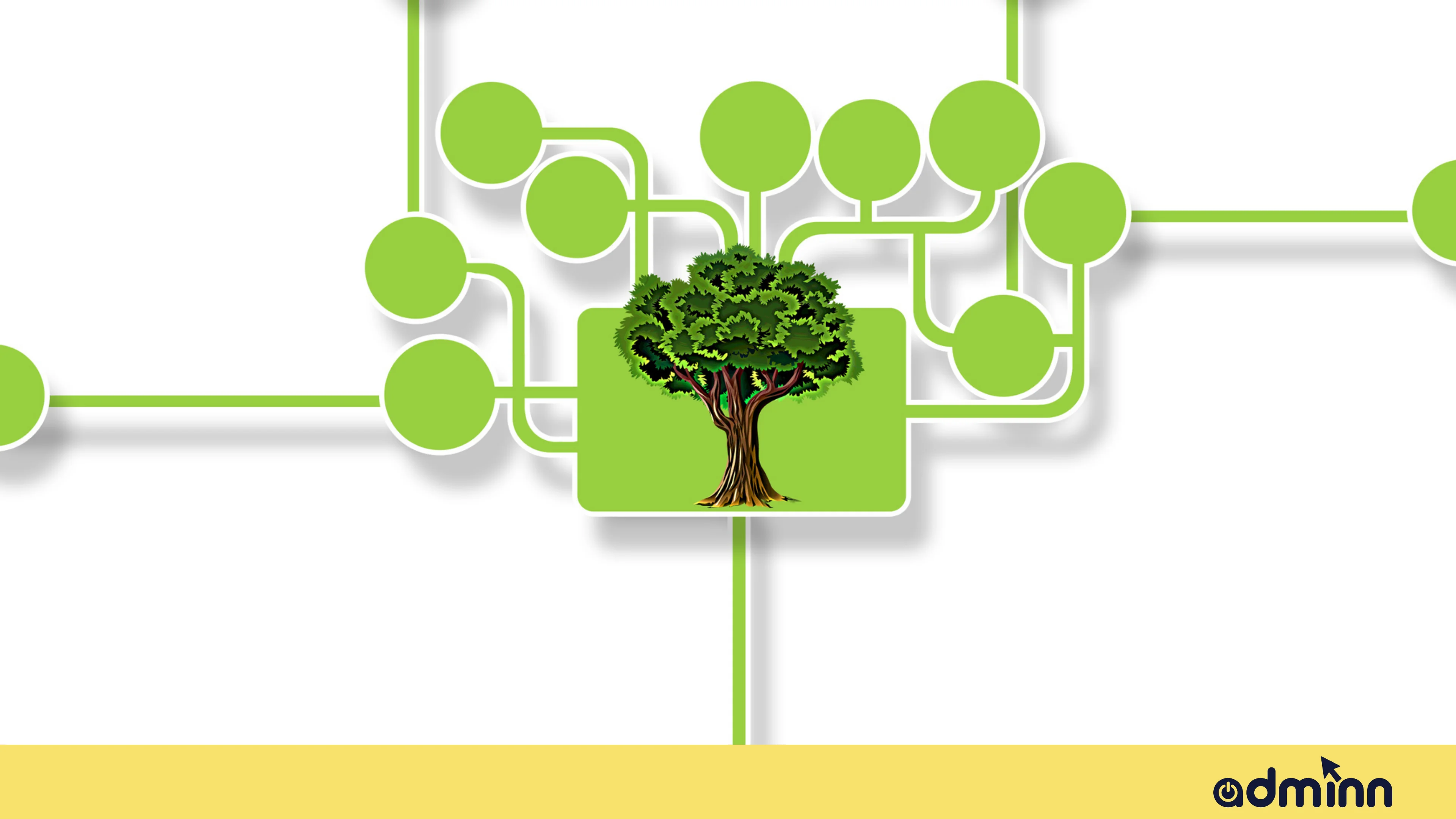Digital sustainability explained: simple, sustainable ways to start

Digital sustainability is about running our digital work in a way that cuts waste, reduces carbon, and supports people—without hurting performance. It looks at the full picture: devices, networks, data centers, software, and content. When done well, digital sustainability supports environmental sustainability and helps teams make smarter choices about tools and time. It also reduces the impact of digital on energy, cost, and attention.
What is digital sustainability?
Digital sustainability means designing, building, and operating digital technologies to lower energy use, cut carbon, and support inclusion over time. It spans hardware lifecycles, hosting choices, data use, and how content is produced. The goal is a sustainable, reliable, and clear experience that lowers environmental impact and carbon emissions while supporting everyday work.
The importance of digital sustainability: why digital sustainability is important — a business matter
For most teams, the importance of digital sustainability is practical: lower bills, faster pages, longer‑lasting devices, and fewer outages. Digital sustainability is important because it reduces risk, supports reporting, and earns trust with customers and partners. It’s a business matter because energy, storage, and compute costs are real line items, and small improvements compound across tools and traffic.
Why sustainability is important for businesses
Sustainability is important for businesses because it ties directly to savings, resilience, and brand trust. It also makes hiring and vendor selection easier, since buyers now ask for clear, simple proof of sustainability efforts and sustainability outcomes.
Dimensions of digital
Environmental
- Reduce energy draw, e‑waste, and the carbon footprint of data, media, and traffic.
- Right‑size storage and compute; measure carbon emissions where possible.
Social
- Close the digital divide with accessible content and inclusive design.
- Respect privacy and attention; avoid wasteful autoplay and heavy tracking.
Economic/operational
- Fewer systems to maintain, smarter capacity planning, and less rework.
- Better uptime at lower cost through efficient choices.
Digital transformation and sustainability
Digital transformation and sustainability can move together when choices are deliberate. The use of digital technologies should focus on fewer, better tools and simpler flows. Teams use digital technologies to cut waste, automate routine work, and avoid needless travel. The use of digital technologies, and using digital tools day to day, should be guided by clear budgets and baselines. Always ask about the impact of digital before adding new storage, features, or plugins.
Implementing digital sustainability
Start with governance and measurement:
- Set one or two simple sustainability goals (energy, traffic weight, or storage).
- Pick a baseline and report quarterly to show progress from sustainability initiatives.
- Write down sustainability strategies so teams can follow the same direction.
- Fund small pilots first; expand what works as sustainability efforts grow.
Then move to delivery:
- Hosting and cloud: choose efficient regions, turn off idle resources, and cache smartly.
- Data and software: archive cold data, compress media, and trim heavy libraries.
- Design and content: lighter images, fewer fonts, clear flows, and accessible patterns.
- Treat each step as a repeatable practice and make caching a standard practice.
Eco‑friendly website practices
- Compress images and serve modern formats; lazy‑load where it helps.
- Minimize scripts and third‑party tags; load only what’s used.
- Use a content delivery network; set cache headers well.
- Pick efficient hosting and measure the carbon footprint of your pages.
- Keep pages simple to read and quick to scan, which supports sustainable digital choices.
Models for digital sustainability
- Circular devices: repair, reuse, and buy‑back programs extend lifecycles.
- Efficient cloud and data models: right‑size instances, schedule batch work, and pick greener regions.
- Business models that favor service over hardware churn help build a sustainable business.
- Keep business models lean and predictable so teams can improve steadily over time.
Digital sustainability within business operations
Make it easy for teams to act:
- A short playbook for procurement, design, data, and content.
- A shared dashboard for page weight, traffic, and energy proxies.
- Clear ownership so digital sustainability strategies don’t stall between teams.
Challenges of digital
There are trade‑offs: performance versus page weight, data retention versus compliance, redundancy versus energy draw. Data gaps and legacy systems can slow change. Tackle the challenges of digital with small pilots, shared standards, and steady updates.
A simple 30/60/90‑day plan
- 30 days: audit page weight, storage, and idle resources. Document the use of digital across systems. Pick two quick wins and a budget.
- 60 days: run pilots (image compression, tag cleanup, cold‑data archiving). Track carbon emissions proxies and note outcomes that are advancing sustainability.
- 90 days: scale what worked, retire what didn’t. Publish a one‑page summary of sustainability outcomes and the next three moves.
